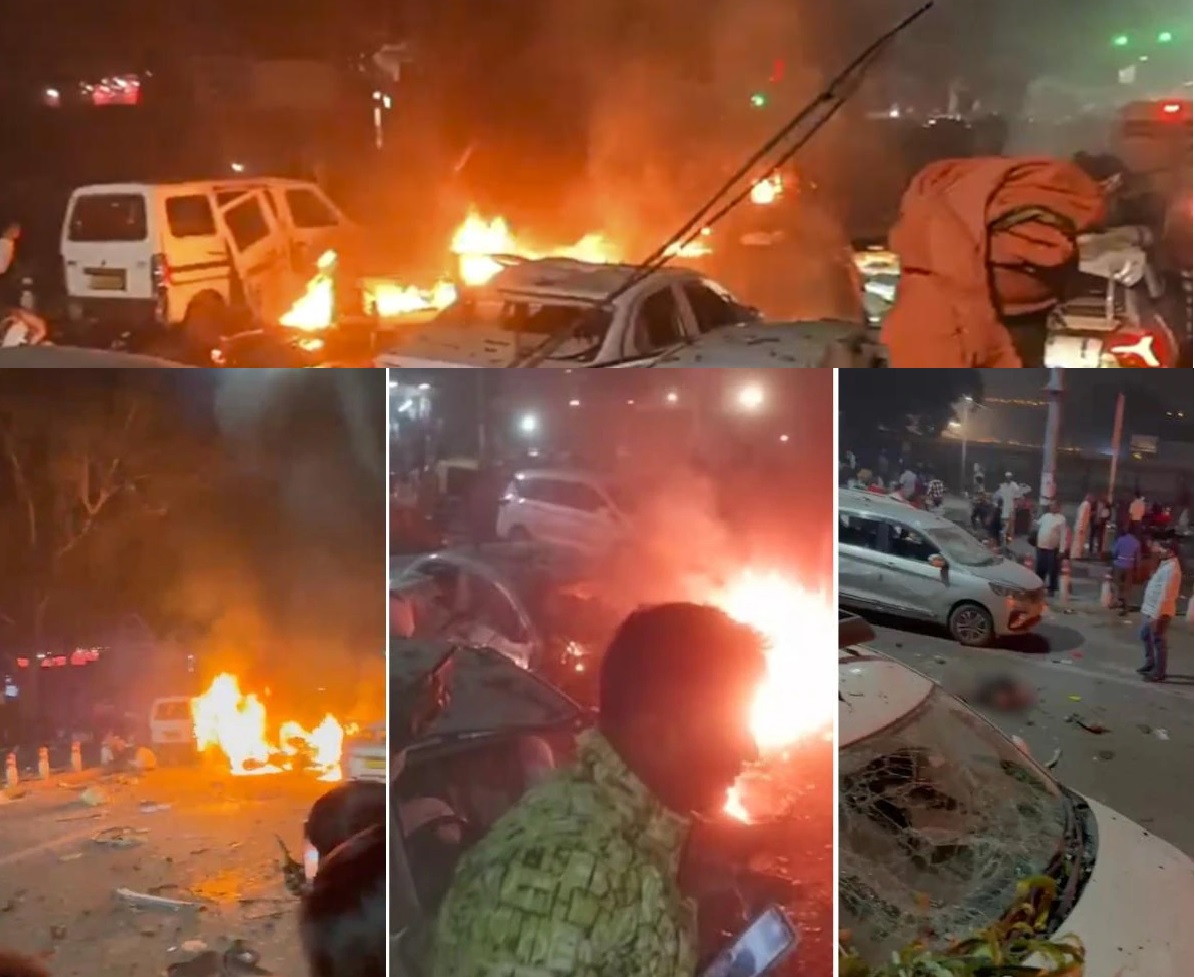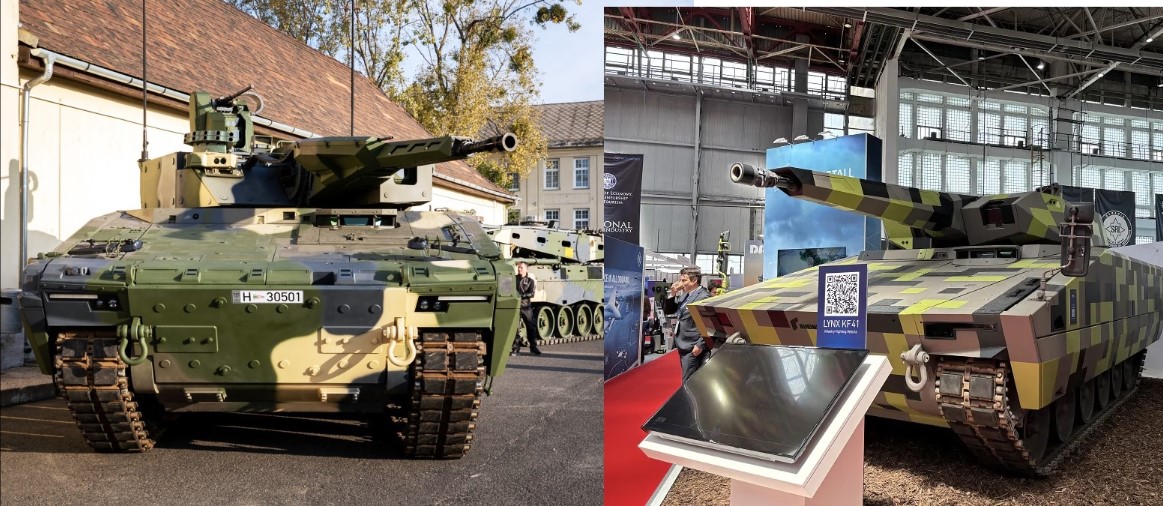Delhi Blast Probe Expands: Turkey and Bangladesh Links Under Investigation

New Delhi — Investigators probing the car explosion near the Red Fort on 10 November 2025 say the case has broadened into an inter-state and international inquiry after large quantities of explosive precursor chemicals were recovered and new evidence pointed to travel and handler links abroad. Police and federal agencies now say the explosive materials moved into India on a circuitous route that included Bangladesh and Nepal, and that at least two suspects travelled to Turkey as part of planning activity. The probe remains active and several key facts are still being verified.
What investigators say happened (so far)
According to police briefings and media reporting, a vehicle exploded near the Red Fort metro area on the evening of 10 November. The blast killed multiple people and injured scores of others; forensic examination has identified ammonium-nitrate based explosive mixtures among the residues recovered from the scene. The National Investigation Agency (NIA) has since taken over the lead of the probe.
Massive ammonium-nitrate recoveries — and a missing consignment
In coordinated raids following the blast, security agencies uncovered a very large cache of ammonium-nitrate and other IED-making material in and around Faridabad (Haryana). Indian outlets report slightly different totals as investigations moved quickly: authorities have announced recoveries in the range of about 2,500–2,900 kg of ammonium-nitrate and related components from multiple locations linked to the suspects. Some reports cite 2,563 kg recovered from one site.
Separately, police sources told reporters that about 300 kg of ammonium nitrate listed on manifest or tracking leads has not yet been located and is still being searched for. The totals reported vary between agencies and media outlets as forensic accounting continues.
Bangladesh → Nepal → India: alleged smuggling corridor
Investigators briefed to the media say preliminary tracing indicates the ammonium nitrate consignments were smuggled into India via a cross-border route involving Bangladesh and Nepal, using intermediaries and commercial freight channels that obscured the shipment trail. Officials say this is under active verification with customs, border-police and intelligence inputs; multiple Indian news channels reported the route based on police sources.
Agencies are now working to reconstruct the logistic chain and identify suppliers, transporters and handlers in each country. Given the sensitive diplomatic angle, authorities are coordinating with external affairs and customs departments on outreach to Bangladesh and Nepal where required.
Turkey connection — travel and handlers under scrutiny
Another line of inquiry centres on two doctors named in reporting — identified by police as Dr Umar (Umar Un Nabi) and Dr Muzammil (Muzammil Shakeel Ganaie) — who are from Pulwama and worked at medical institutions in north India. Multiple Indian outlets report that both men travelled to Turkey in 2025 and that investigators have recovered digital and human-intelligence links suggesting contact with handlers who operated from Turkey and Afghanistan. These are investigative leads at present; no foreign government has been publicly accused by India.
Security agencies note that the orders for terror blasts in India are being investigated for origin in Turkey, with indications that the module had planned attacks on Ayodhya and Kashi (Varanasi). According to published reports, the Delhi explosion was carried out after the original plans for Diwali attacks failed — and a plot for 26 January (Republic Day) was reportedly next in line.
Accusations of Pakistan Army involvement
A further layer of complexity emerged when Pakistani journalist Taha Siddiqui alleged that the Pakistan Army was “behind” the Delhi blast, terming those involved as “assets” of the Army. His claim on X (formerly Twitter) asserted that both Delhi and Islamabad blasts were linked to suicide bombers and military-assets controlled by Pakistan.
However, Indian official sources have not publicly attributed the attack to the Pakistan Army, and investigations are ongoing; officials caution that attribution is preliminary.
Arrests and legal steps
Police in Jammu & Kashmir and Haryana have arrested several people in connection with the explosives seizures and the alleged terror module. Media reporting identifies Dr Muzammil among those detained in Faridabad after searches uncovered large quantities of ammonium nitrate, weapons and timers; others, including persons identified as associates or providers, are reportedly in custody or being traced. The Delhi Police and central agencies have registered cases under counter-terrorism statutes, and the probe has a strong focus on both the origin of materials and the chain of direction for the attack.
What different media outlets report — discrepancies and cross-checks
Indian national outlets broadly agree on the main outlines:
-
(a) an explosion near the Red Fort was a terror incident.
-
(b) large ammonium-nitrate caches were seized in the Delhi-NCR region.
-
(c) suspects had travelled abroad (reported visits to Turkey).
-
(d) agencies are tracing an international supply route.
However, the reported seizure totals differ between publications (2,563 kg, 2,900 kg, “nearly 3 tonnes” appear in various pieces), and some local outlets have quoted police sources that refer specifically to a Bangladesh→Nepal→India smuggling corridor, while others note only “foreign origin” or “cross-border routes.” These differences reflect fast-moving investigations, ongoing forensic accounting, and separate raids yielding new material over 48–72 hours. Readers should view the numbers as preliminary and subject to official confirmation following laboratory analysis and legal processes.
What investigators are now prioritising
Authorities say they are concentrating on several immediate tasks:
-
Locating the missing ~300 kg of ammonium nitrate and any associated munitions.
-
Tracing financial and communication links — including travel records to Turkey and any cross-border funds or remittances.
-
Forensic analysis of blast residue to confirm the composition and whether all recovered materials were intended for this incident or for further attacks.
-
International cooperation with customs and security agencies in Bangladesh and Nepal to identify the origin of consignments; and diplomatic engagement related to Turkish-based handler leads where necessary.
Wider implications
Security analysts say the case underscores three vulnerabilities:
(1) the misuse of commercial fertilizer (ammonium nitrate) channels for illicit explosive manufacture;
(2) the ease with which small, mobile terror modules can source large precursor amounts when supply-chain checks are weak; and
(3) the growing use of regional transit hubs as meeting points for transnational handlers.
The incident is likely to prompt stricter controls on fertilizer movement, enhanced screening at land borders, and closer cooperation with Bangladesh and Nepal on customs intelligence.
Caution and legal status
Important: many of the details circulating in Indian media are based on preliminary police statements and source reporting. Investigations are ongoing and multiple agencies (Delhi Police, NIA, Jammu & Kashmir Police, Haryana Police and federal intelligence units) are involved. Formal charges, court filings and forensic confirmations will be necessary to establish criminal liability, smuggling channels and any external direction conclusively. International linkages — including the extent of any role played by Pakistani groups, Turkish-based handlers, or other third parties — remain subject to legal and intelligence verification.
Where this story stands now
The probe has turned a single catastrophic blast into a multilayered investigation that touches on cross-border smuggling, large-scale precursors, and international travel by suspects. Officials continue searches for missing consignments, are expanding arrest efforts, and have placed the case at the centre of national security reviews. As agencies release formal reports and charges are filed, the picture will become clearer; until then, many publicly reported details should be treated as provisional.
✍️ This article is written by the team of The Defense News.






